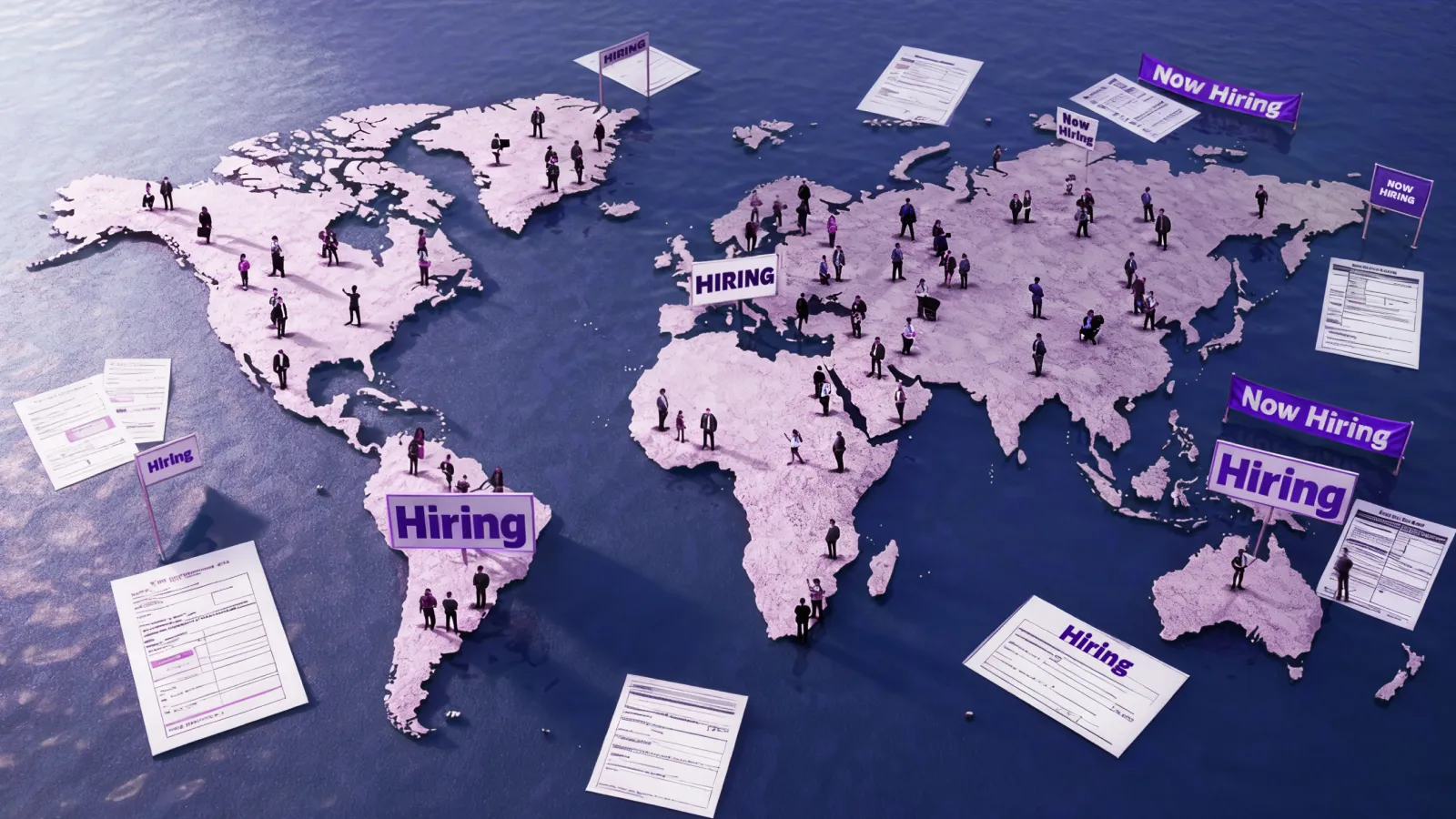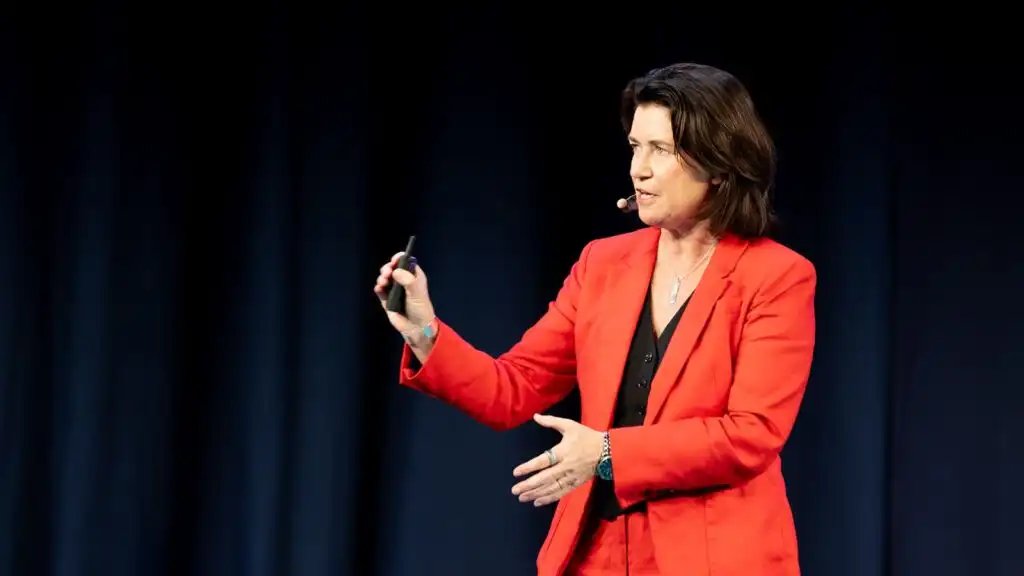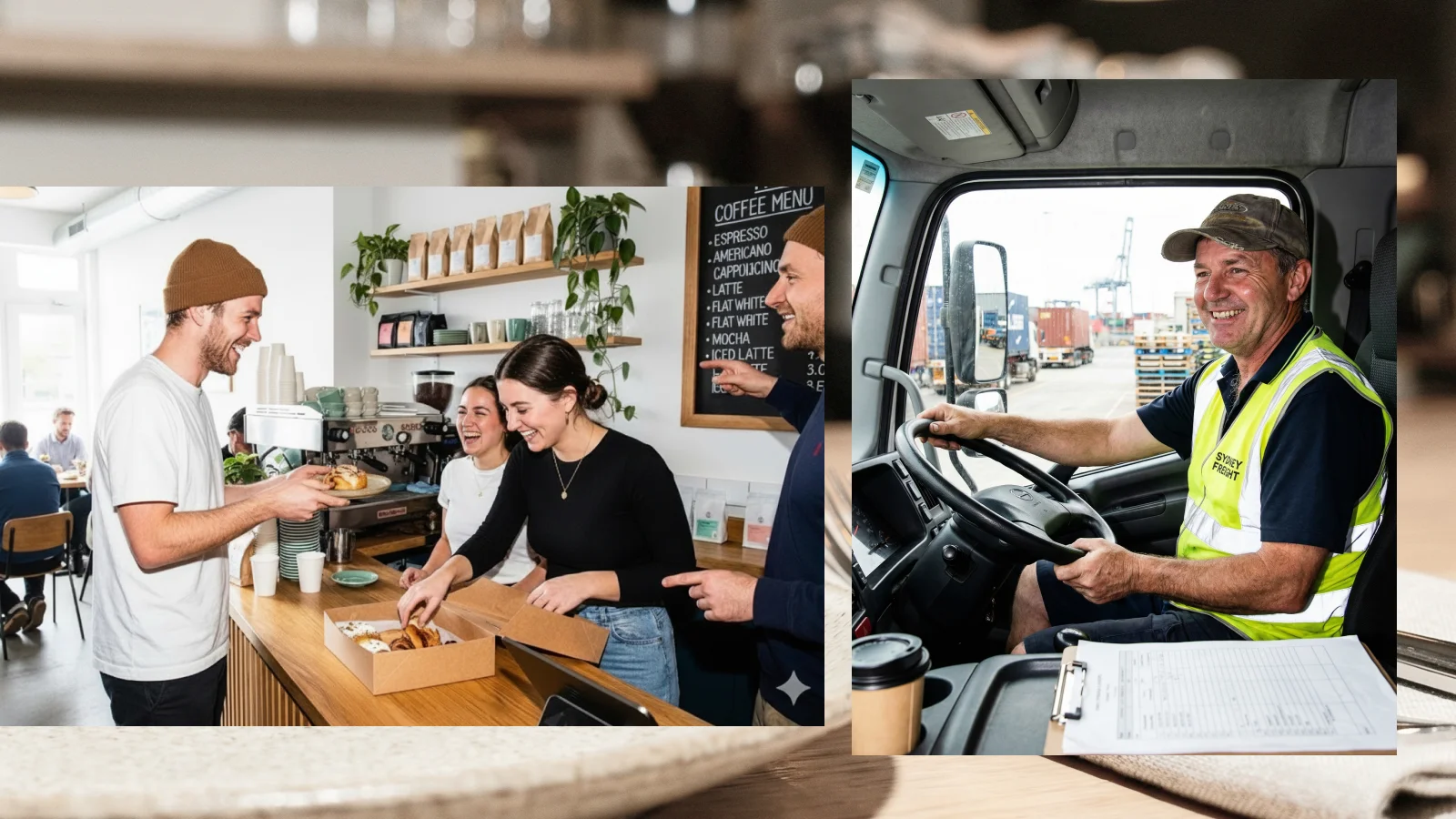Australia’s 2026 migration program is squarely aimed at easing critical worker shortages, with the Federal Government lifting employer‑sponsored visa places to 44,000. Here’s what employers need to know.
As we slide down the tail end of 2025, the talent-crunch is no longer just a LinkedIn buzzword but a dynamic that’s completely reshaping how Australian businesses are planning for growth.
With persistent skill shortages making it harder to find the right people locally, more companies are turning overseas to fill critical roles. Australia’s migration program for 2025–26 reflects this shift, increasing employer-sponsored visa places to 44,000 in a bid to better plug these skill gaps.
If you’re planning to hire international talent in 2026, understanding the latest visa changes and compliance requirements will be essential as Australia continues to overhaul its work visa system.
The heftiest change has been the replacement of the Temporary Skill Shortage (TSS) visa with the newer Skills in Demand (SID) visa. The SID visa introduces a three-stream system aimed to better address Australia’s skills shortages, with tailored pathways depending on salary and occupation:
- Specialist Skills Stream, targeting high earners with an annual salary threshold of AUD 141,210 (indexed from 1 July 2025). This stream has no occupation list but excludes trades, machinery operators, drivers, and labourers. It offers priority processing with a median visa turnaround goal of 7 days.
- Core Skills Stream, based on the consolidated Core Skills Occupation List (COSL), covering 456 professions including nurses, engineers, and teachers. The salary floor here is AUD 76,515 (indexed from 1 July 2025). This stream will account for most visa grants, supporting a wide range of occupations facing shortages.
- Labour Agreement Stream, covering occupations outside the COSL in critical sectors such as healthcare and aged care. It continues to operate under established Labour Agreements with specific conditions.
The COSL replaced prior scattered occupation lists with a unified and regularly updated list, reflecting changing labour market demands and simplifying employer compliance.
An important easing is in work experience requirements, as candidates now need only one year of relevant work experience rather than two for eligibility under the SID visa, opening the door to more mid-career professionals. The SID visa allows holders to stay for up to four years, with potential to transition to permanent residency after two years in Australia under the Employer Nomination Scheme.
New English Language Test Requirements to Work in Australia
From August 2025, all major English tests are accepted for work visas, but there are now much stricter standards in place. Only in-person, securely proctored versions are recognised for migration, no at-home or online tests.
To get through the General Skilled Migration (GSM) process, overseas hires need a baseline score of 65 points, making English fluency, work experience, and age all critical factors.
Who Can SMBs Sponsor, and What Occupations Are Eligible?
The new COSL prioritises roles where local shortages bite hardest, so things like tech, engineering, construction, and healthcare. The eligibility bar is higher but the pool is wider, with streamlined conditions and clearer salary thresholds that make them attractive to small and medium sized businesses.
The COSL currently covers 456 occupations, from electrical engineers and software developers to registered nurses and construction managers, reflecting critical shortages across Australian industries.
Employers must show there’s a real shortage and offer genuinely competitive pay. Businesses hiring via employer-sponsored visas, such as the new Skills in Demand visa, face closer scrutiny to prove their case before recruiting internationally.
What Is the Visa Application Process in 2026?
For new visa applications in 2026, sponsoring and employing overseas talent follows a pretty straightforward process:
- Confirm your candidate’s occupation is on the Core Skills Occupation List (COSL), and verify their points score, English proficiency, and relevant experience.
- Submit an Expression of Interest (EOI) via the online SkillSelect platform.
- Wait for an invitation to apply, which is issued based on the candidate’s points and occupation demand.
- Collect necessary documents, including skills assessments, English test results, identification, and references.
- Lodge the visa application online, pay associated fees, and complete health and character checks.
- Track the application progress, which typically takes 6 to 12 months, and prepare to submit documentation for any dependants or spouses.
A key compliance step for employers is to run a Visa Entitlement Verification Online (VEVO) check before a worker starts. VEVO allows you to verify a candidate’s current visa details and work rights in real time, helping ensure they have valid, appropriate visa conditions for the role.
Many workers already in Australia on valid visas now have a 188-day window to find a new sponsor if their current employment ends. This substantial extension gives employers access to experienced, locally-based international talent without having to restart the entire recruitment process overseas.
What Risks Should Business Owners Be Aware Of?
Visa costs and financial requirements have edged up in the last year, with student visa cost-of-living thresholds jumping by 21 per cent and it’s expected that skilled and sponsored visas will follow suit. Be ready to adjust budget plans, especially for mid-career hires with families, who may require support for dependent visas, higher base salaries, and increased compliance documentation.
Always be aware that missed paperwork or misclassified roles can mean fines, delays or lost sponsorship privileges. Tighter market testing, pay transparency, and digital-first documentation are the new normal. It’s smart to get professional advice, especially if new to COSL categories, Labour Agreements, or digital compliance standards.


























